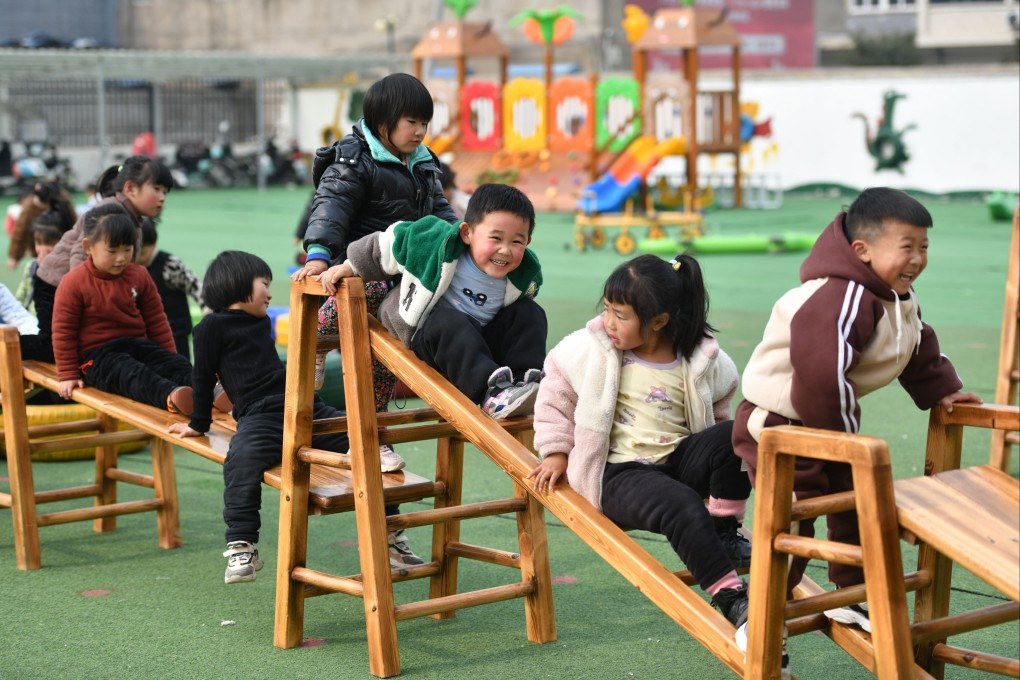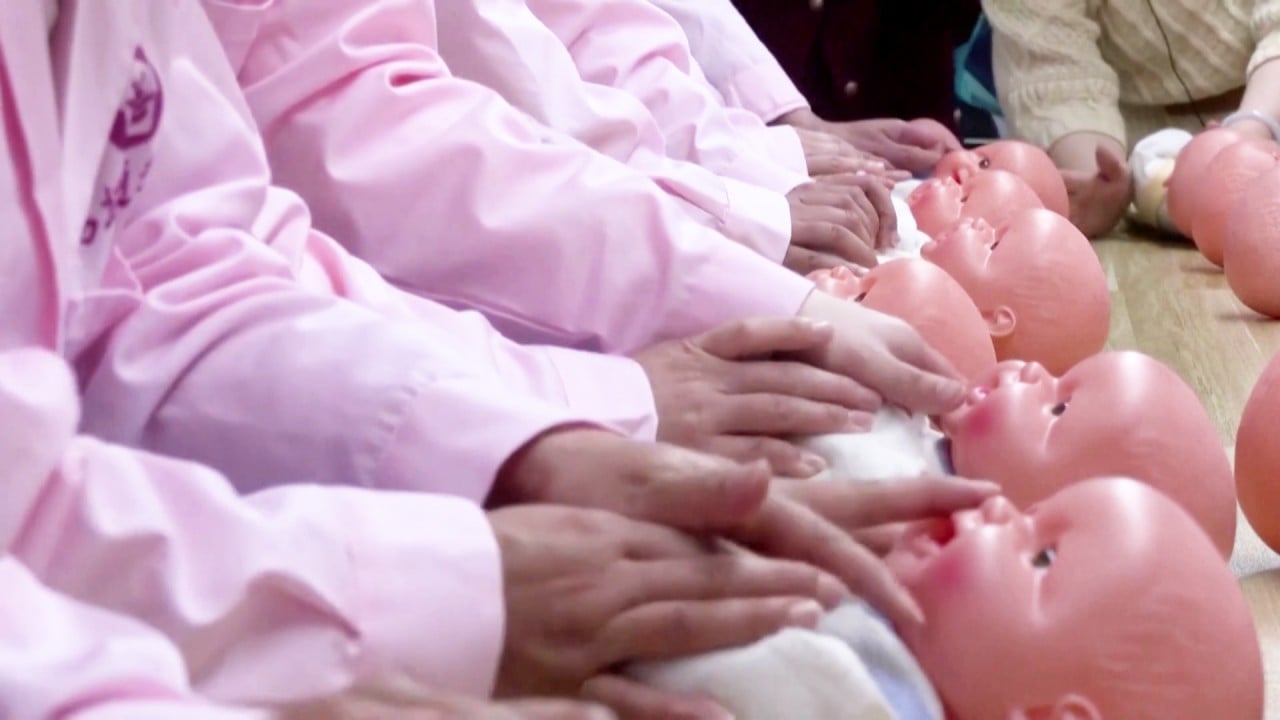Advertisement
My Take | China’s bleak demographic condition offers harsh lessons for policymakers
Beijing’s efforts to cultivate a ‘birth-friendly society’ marks an about-turn from its rigid, decades-long enforcement of a one-child policy
Reading Time:3 minutes
Why you can trust SCMP
3

China’s central government last month issued a package of policies that provides various incentives to ease the costs of raising children amid a looming demographic crisis.
Advertisement
To those who witnessed and experienced the mainland’s draconian one-child policy for over three decades, Beijing’s latest initiative to help cultivate a “birth-friendly society” marks quite an about-turn from the rigid enforcement of hefty fines and forced abortions during that Kafkaesque period.
Ironically, the number of marriages and births in the country continue to fall. According to China’s Ministry of Civil Affairs, the number of registered marriages dropped to 4.75 million in the first three quarters of this year, down 940,000 from the same period last year. That means China’s birth rate in 2025 could fall to 8 million, or about a third of the number in India, which has a similar population size.
China is also wrestling with thousands of kindergarten closures and the shutdown of maternity wards across the country. All of these declines reflect a broader demographic shift in China – where both birth rates and total population continue to dwindle – posing a serious threat to future economic growth, which is already slowing.
In retrospect, China’s ruthless family planning regime had gone too far. Beijing officially ended its one-child policy in January 2016 in favour of a two-child policy, before introducing a three-child policy in May 2021. Still, those changes were too little, too late.
Advertisement
Given Beijing’s own estimate that China’s previous family planning regime reduced the country’s birth by 400 million, it is worth asking what lessons could be drawn from this vast human-experiment-turned-man-made-catastrophe.

Advertisement

